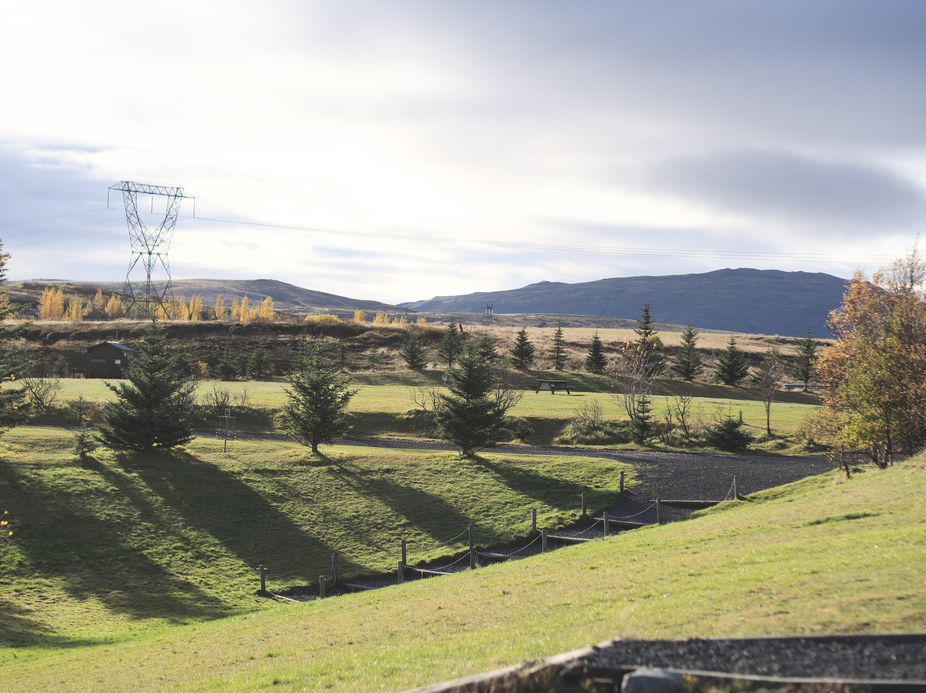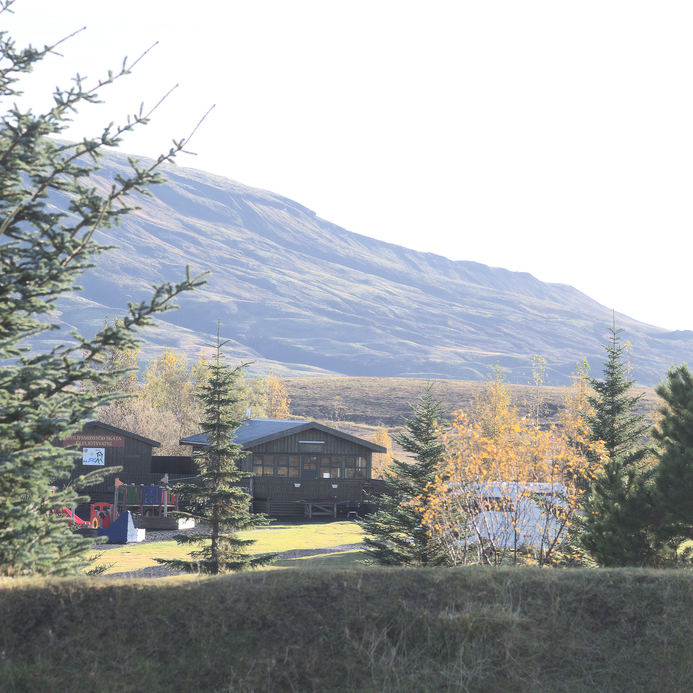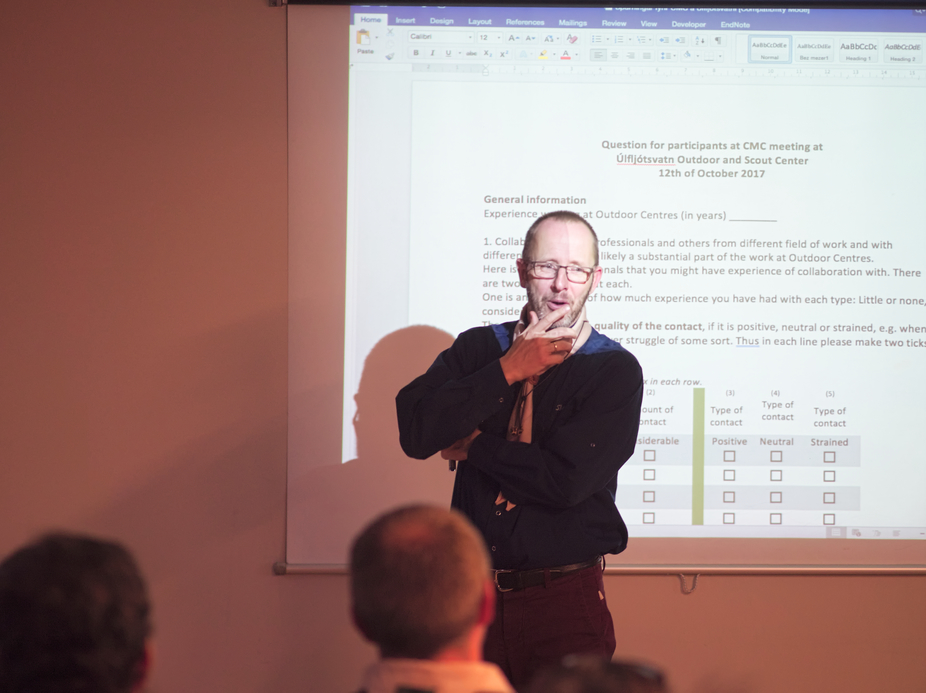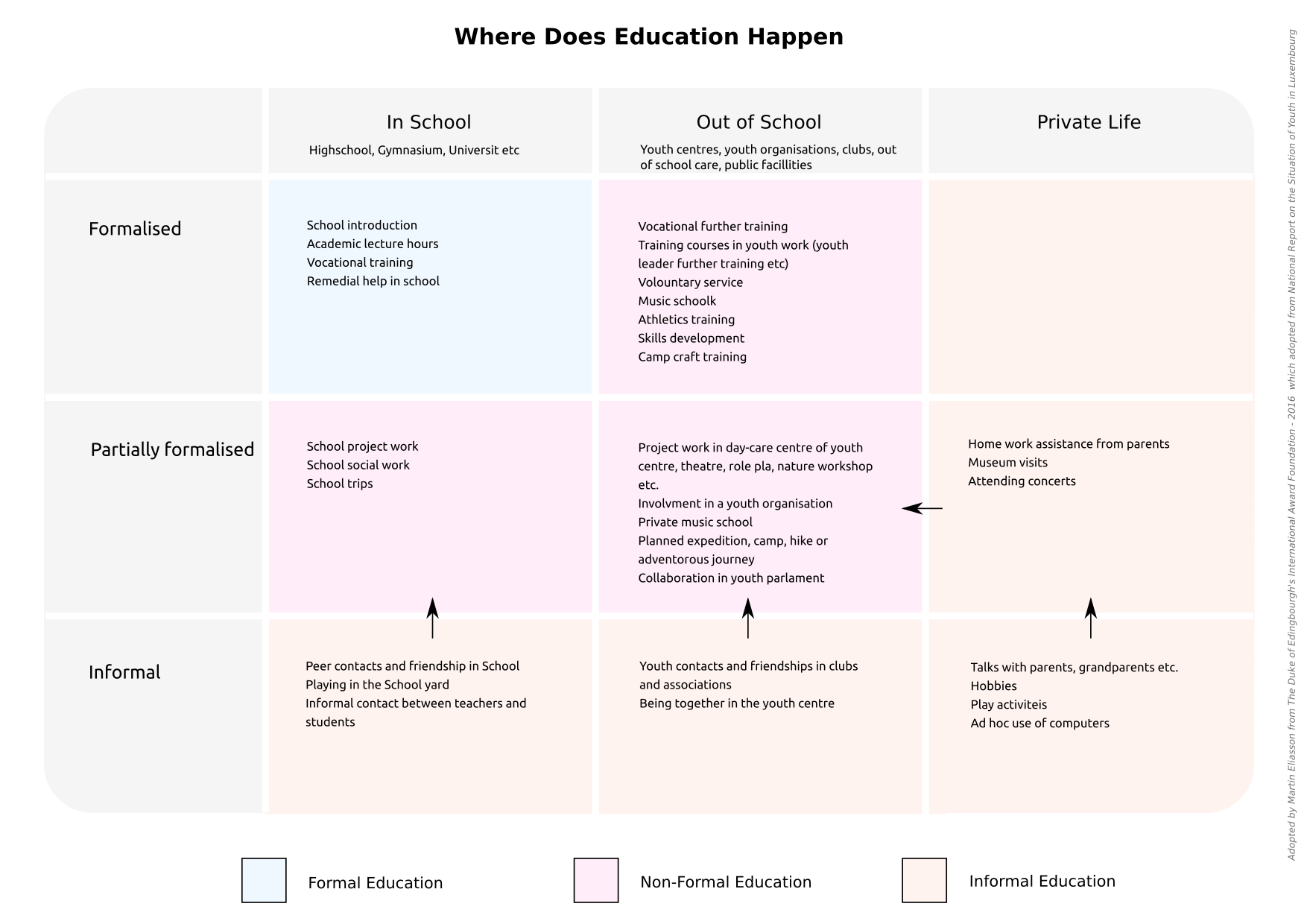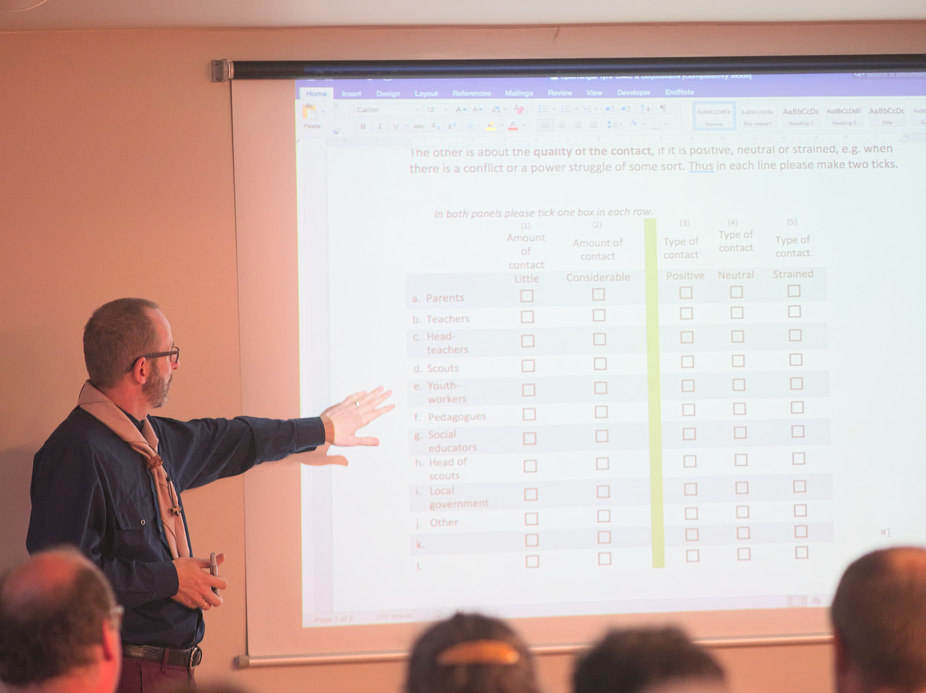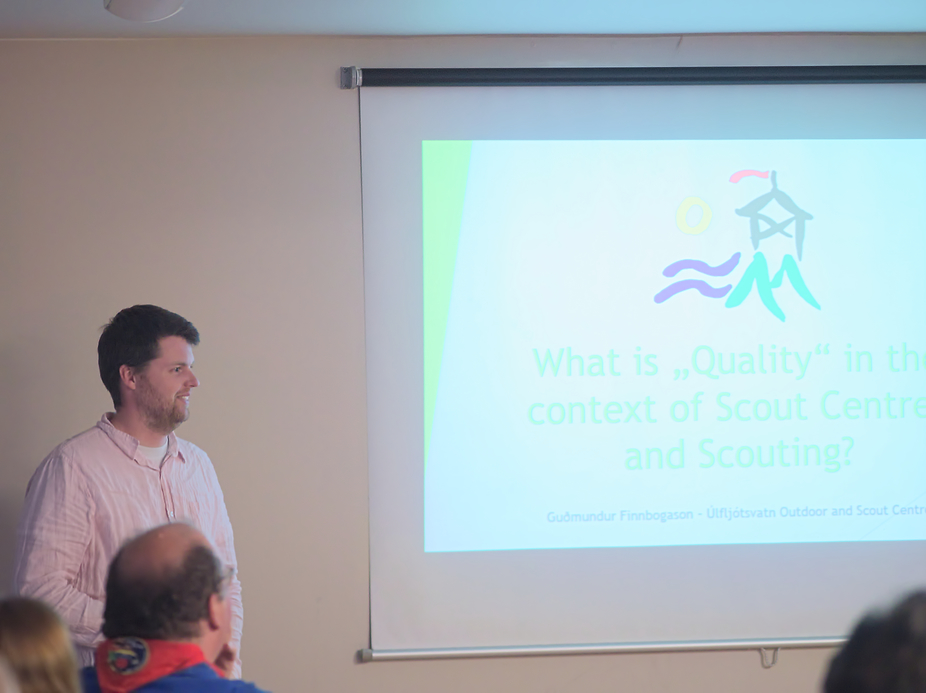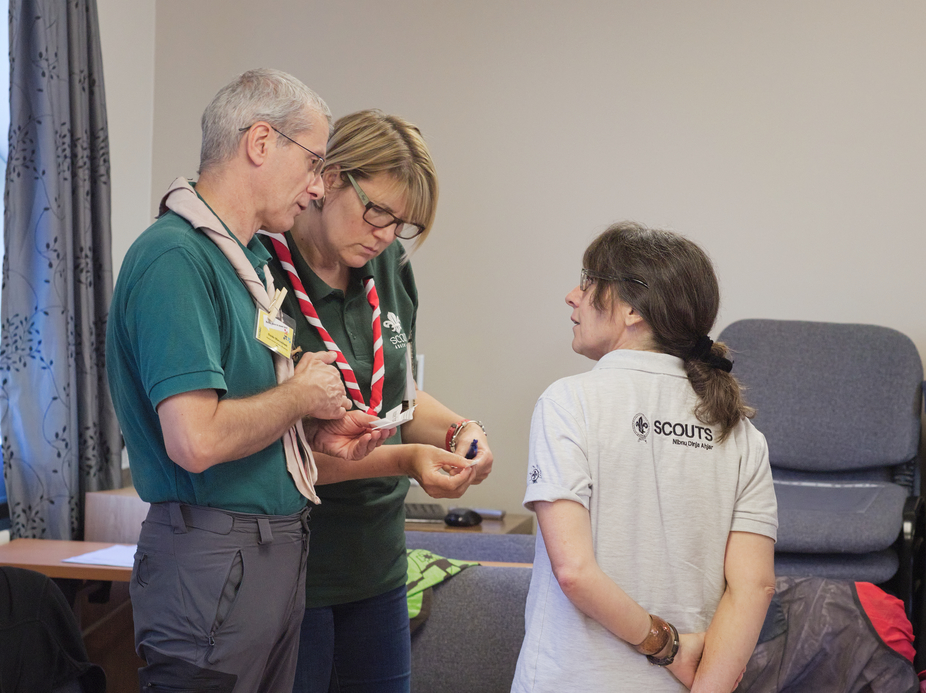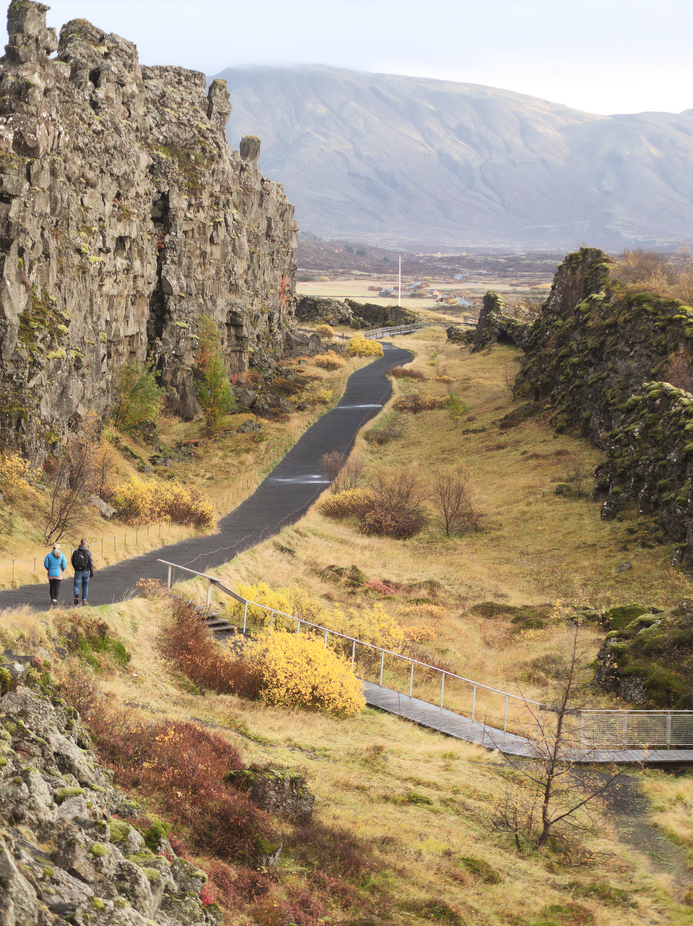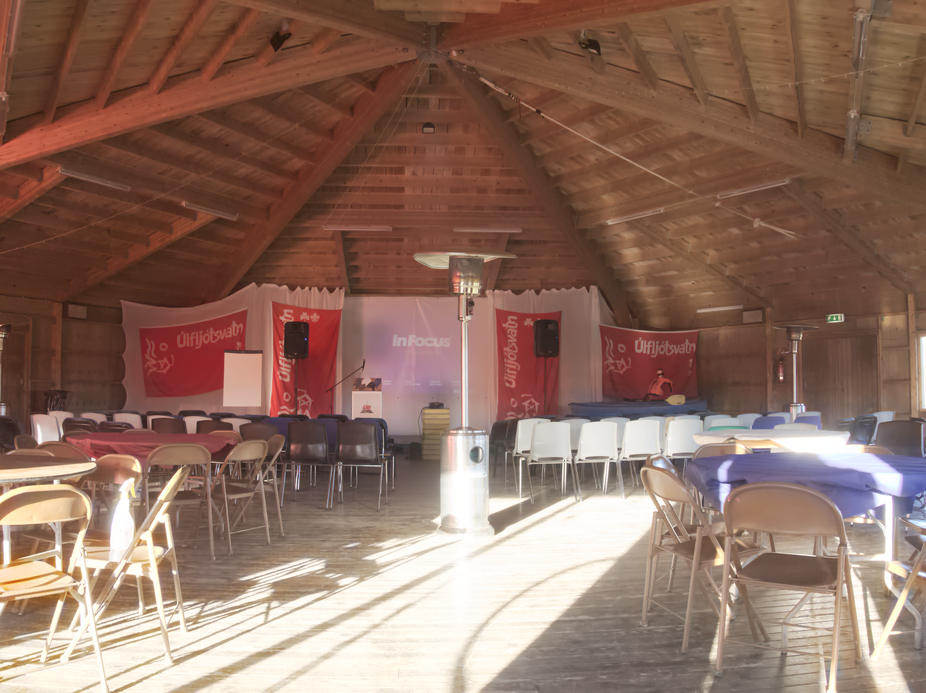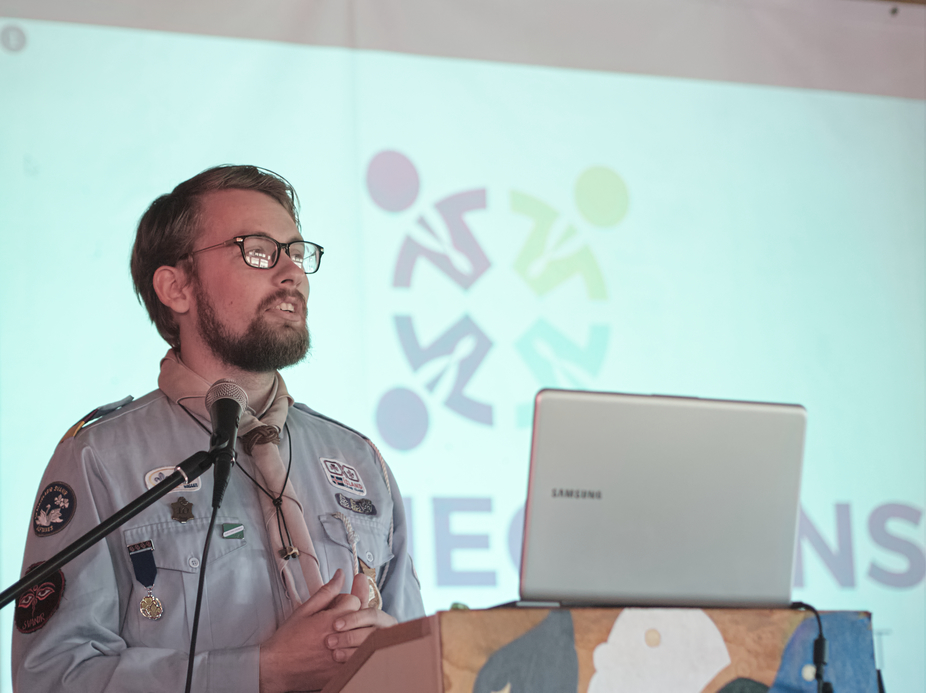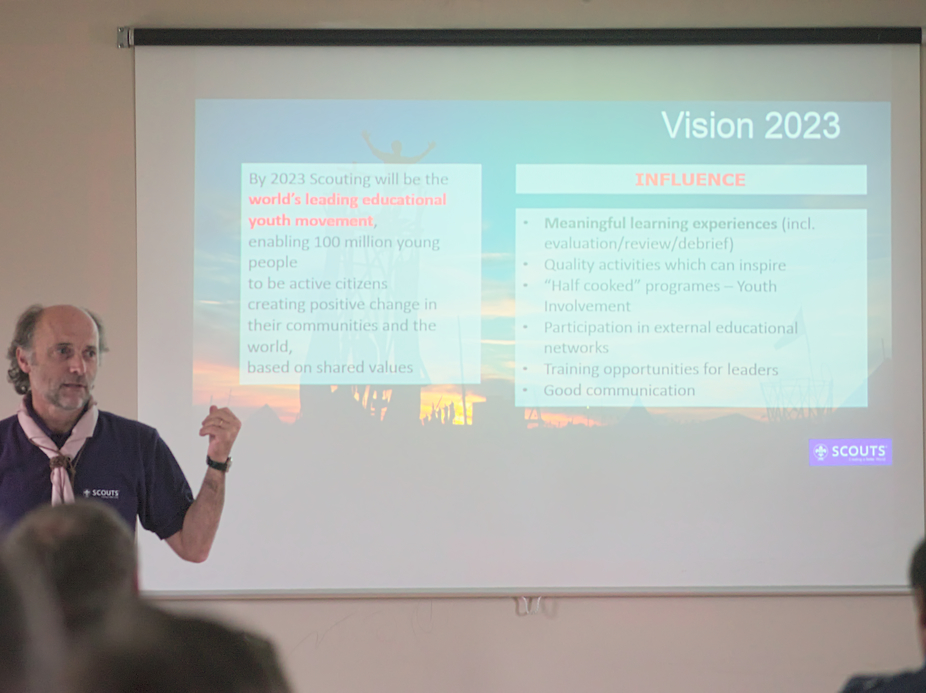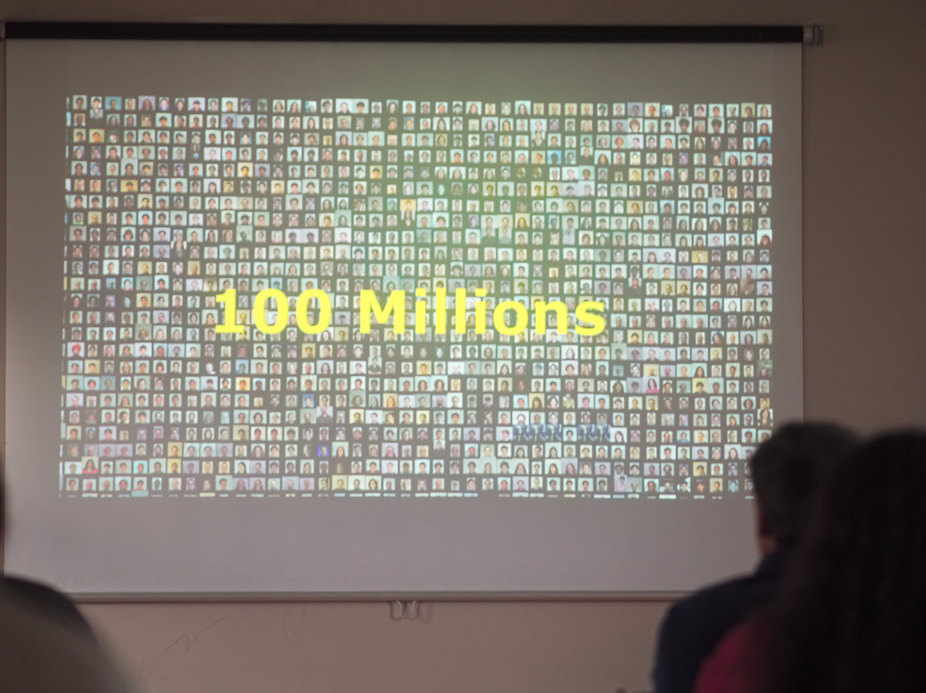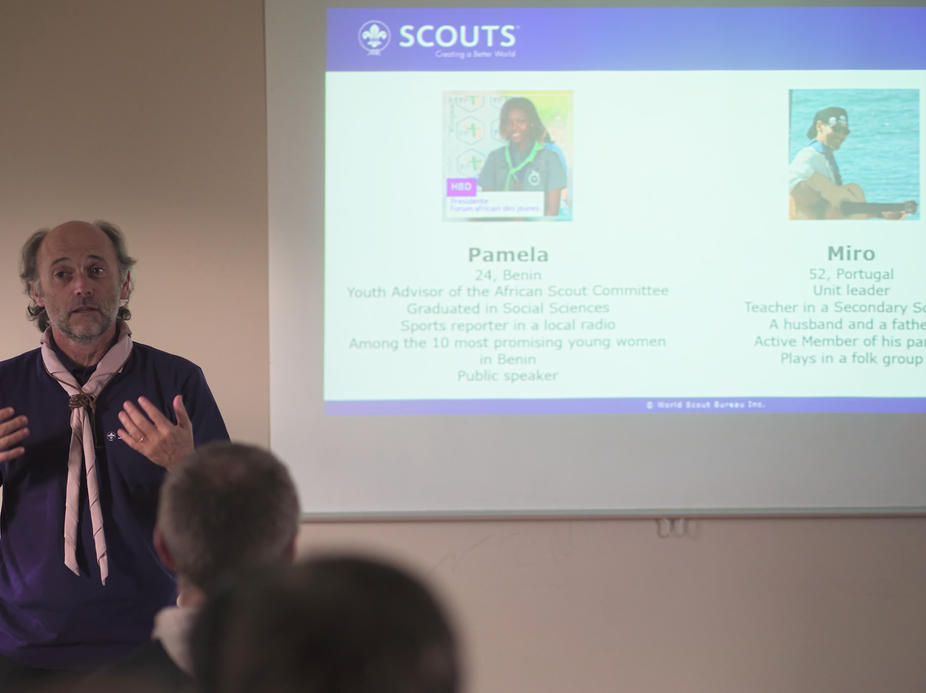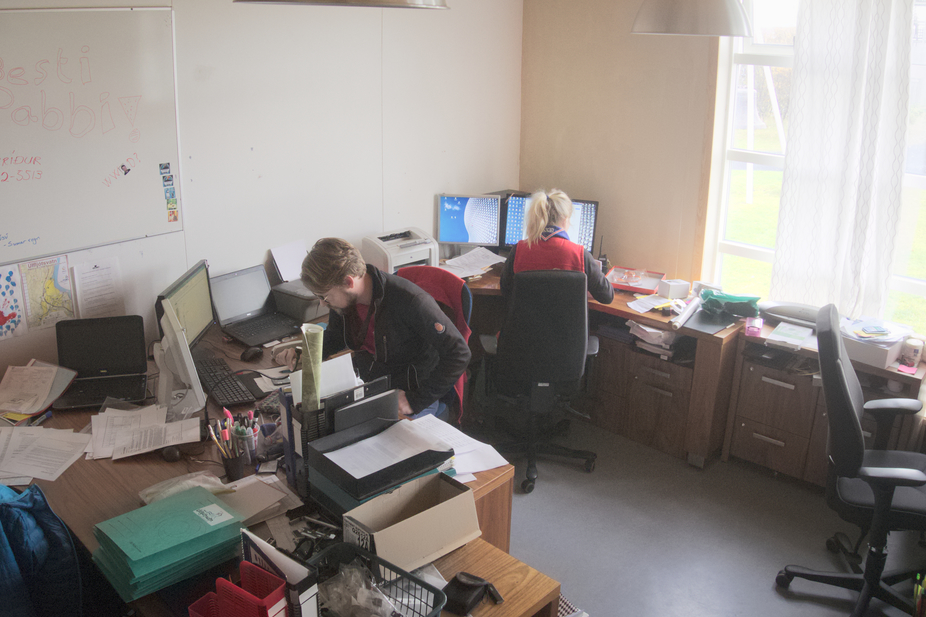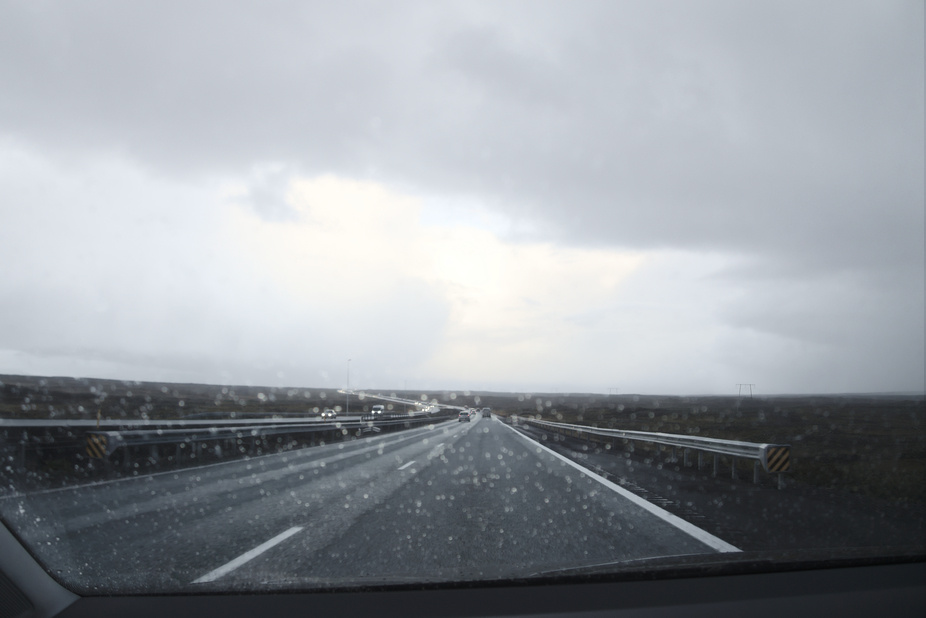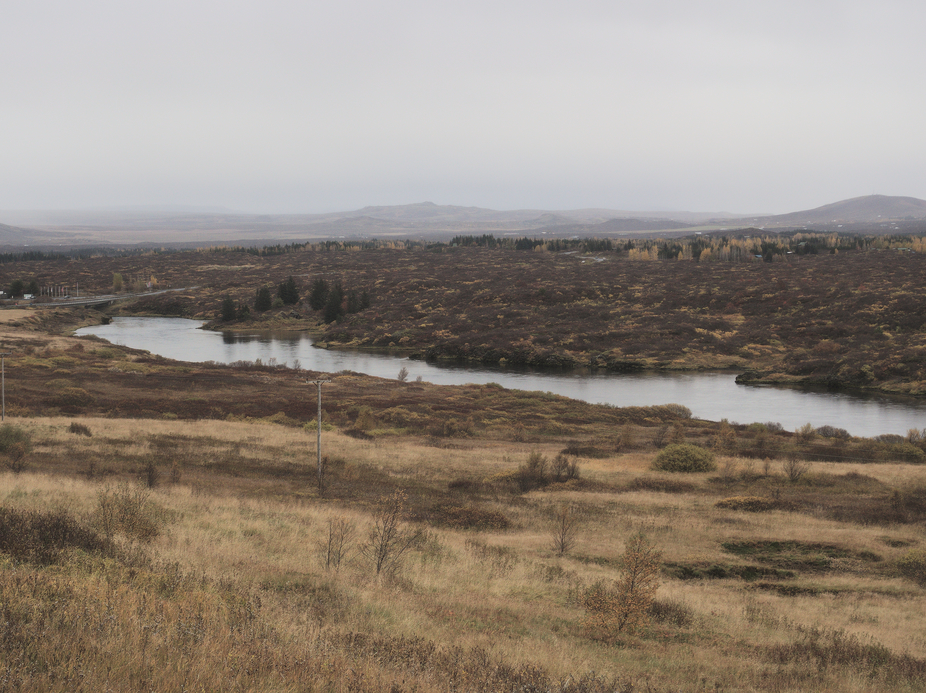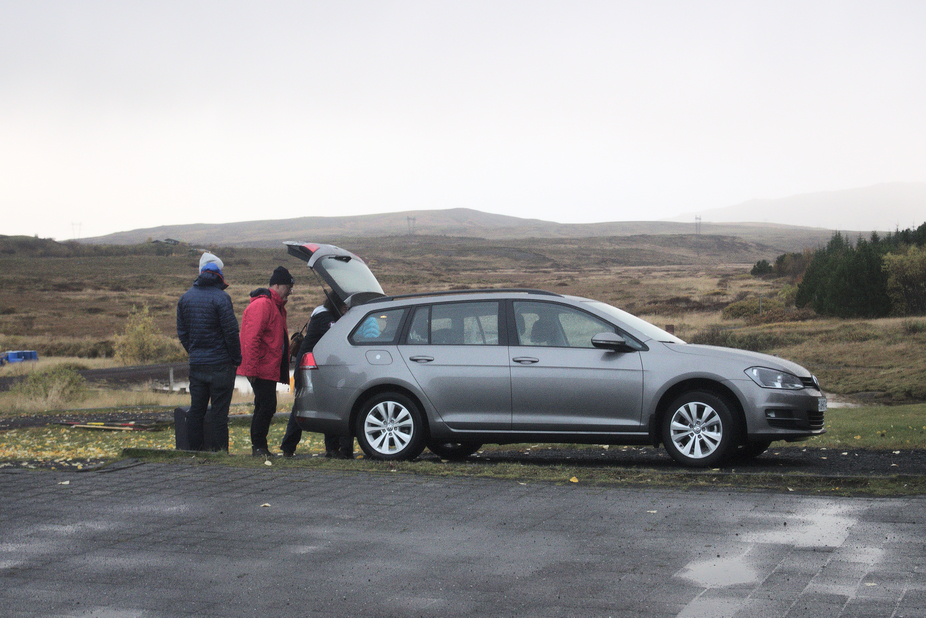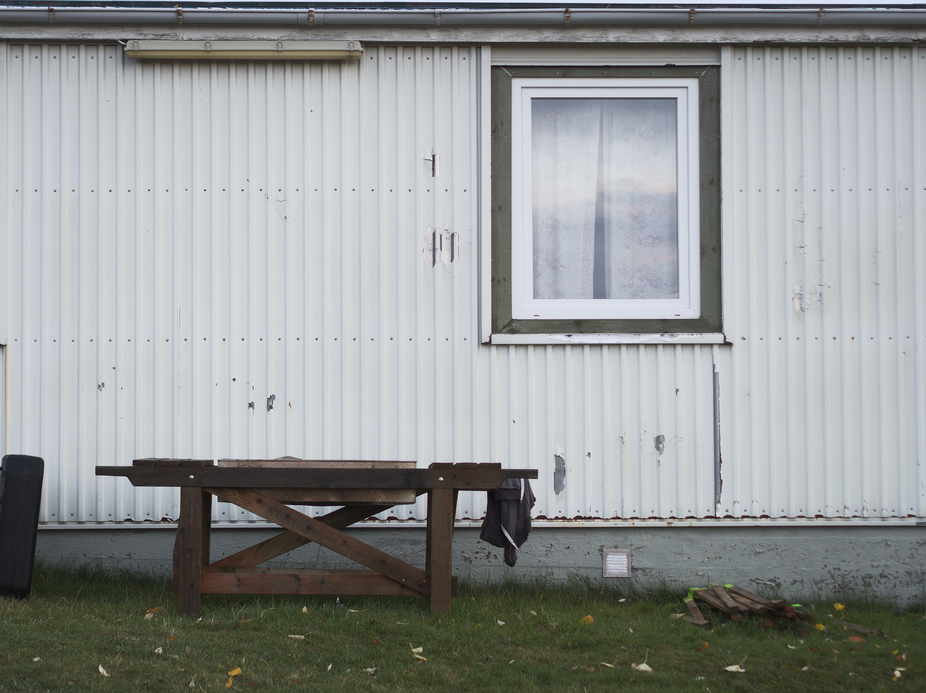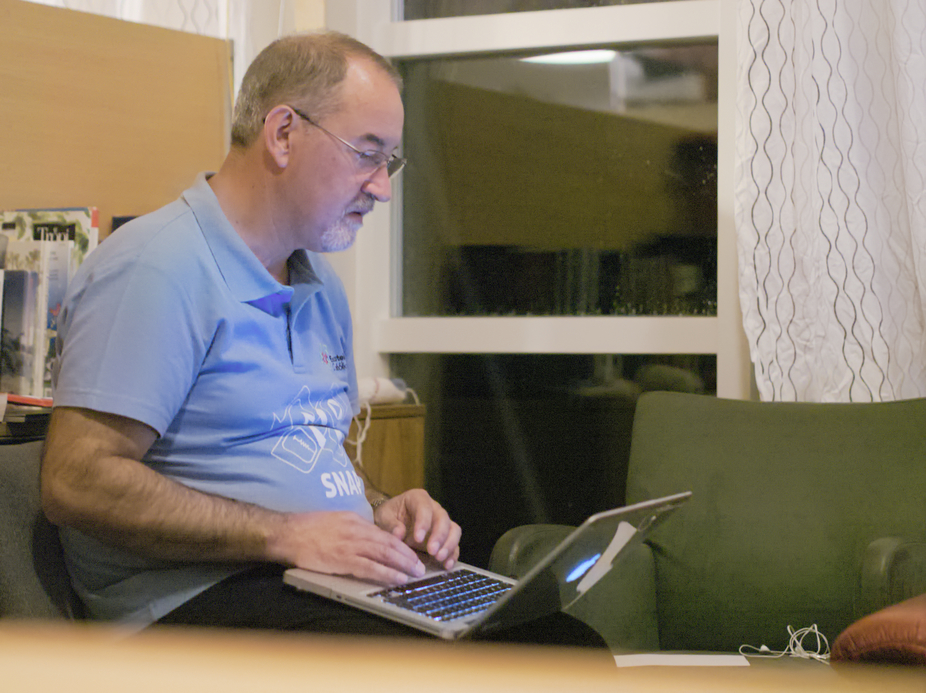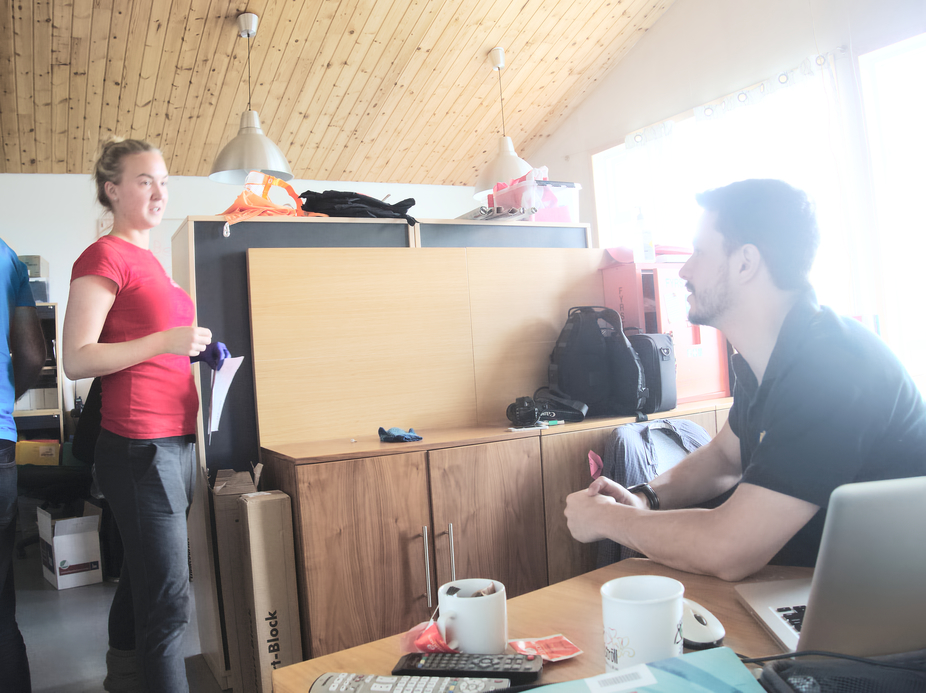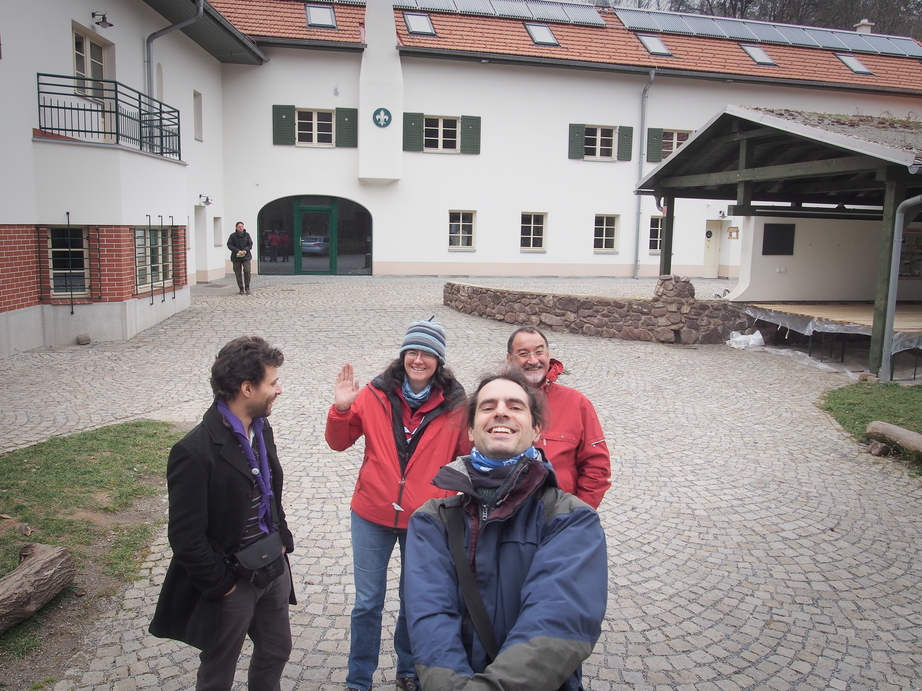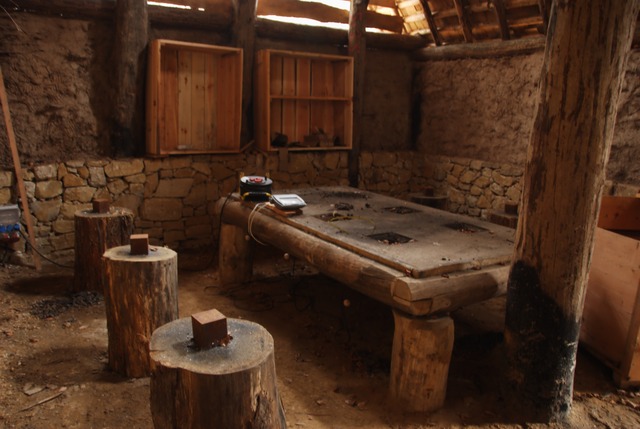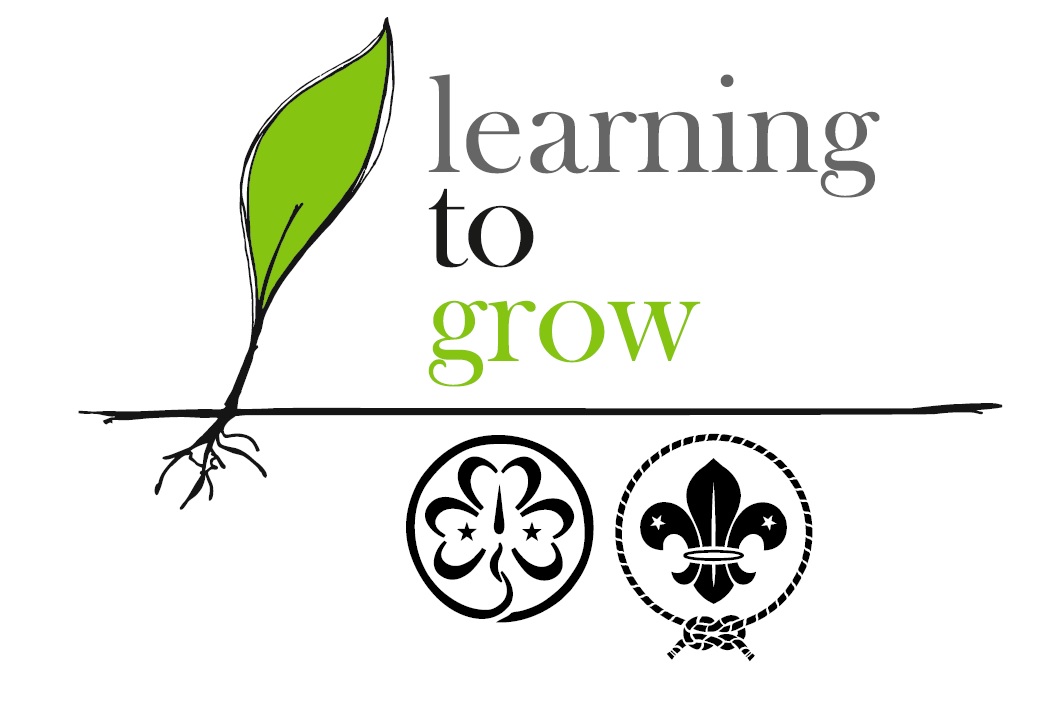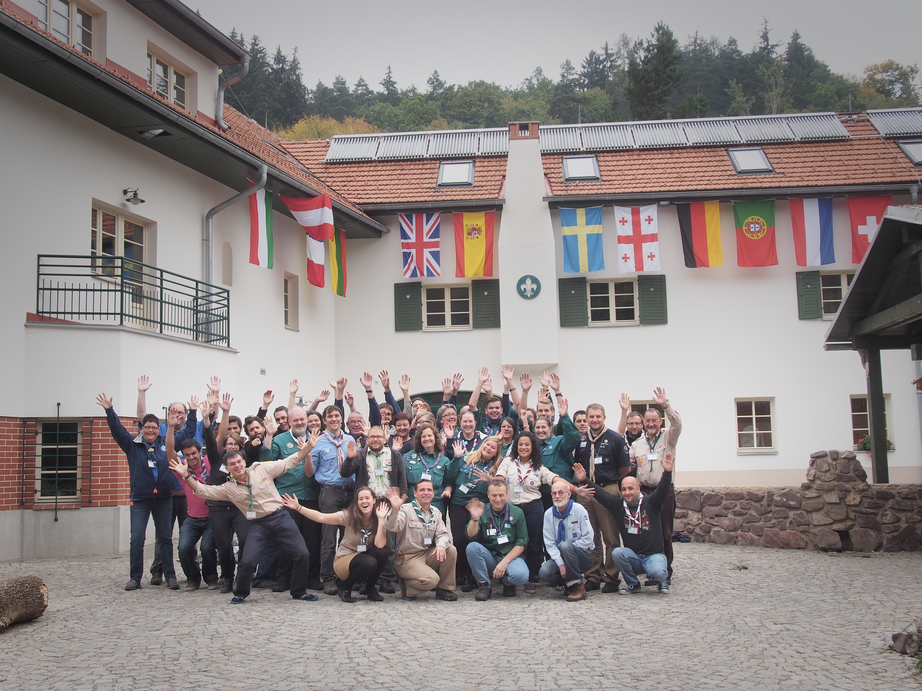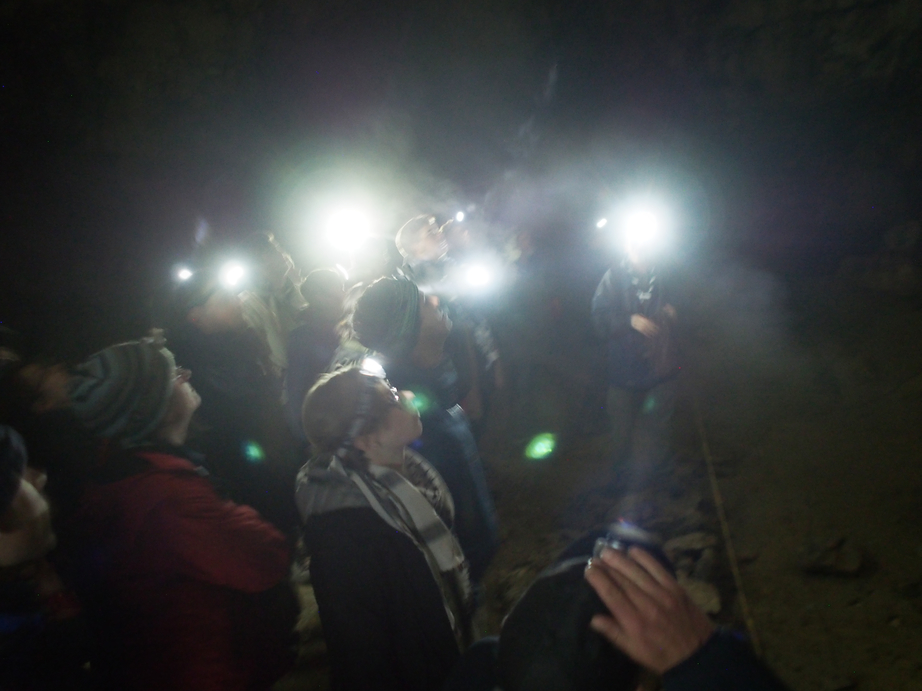This is part 6, the final part, in a series on posts from my experience being part of the planning team for European Guide and Scout Centre Managers Conference (ECMC) 2017.
Check out the statistics for autumn in Iceland: any day has a 45% chance/risk of rain. Say for example that you exit the planning teams HQ, in order to go the the Gillwell Hall. Its a fifty meter walk in sunshine but cold winds. You spend about 25 minutes rearranging tables and preparing the hall for upcoming workshops. You are in a rush to get back to HQ but s you exit through the front door you realize that it is no longer sunshine. It is raining. I learned that on Iceland, you bring your rain jacket everywhere.
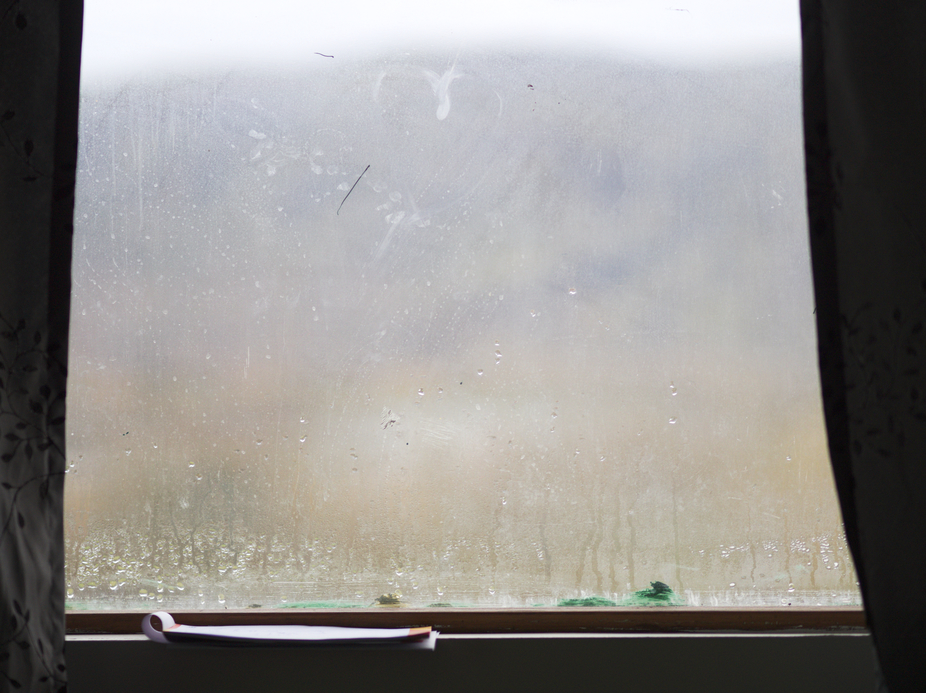
I will close the series on ECMC 2017 by discussing a few sessions and the workshops. They are all important to me because I do believe the CEMC is a conference that is working because the participants are active. ECMC is a conference for and of the participants ultimately.

Consulting Challenge

The Consulting Challenge was a new introduction to ECMC. The idea of the session, in essence, was to put the participants to work solving real problems. The participants was asked to act as consultants for an hour to Úlfliótsvatn who got to describe the challenges they wanted consulting help with. This was a really good session and when listening to the output I think it could be applicable to many centres challenges.

Micro Presentations
Everyone have something to tell/teach and everyone have something to learn. By opening up for a big variety of micro presentations, I think we open many doors to new ideas and discussions. We had so many micro presentations that we had to split the conference into two parallel groups. Since I was running one of the two parallel sessions, I only saw half of the presentations. Running about 25 presentations in rapid succession creates a challenge keeping up with loading new presentation on the presentations computer. I have come to develop a certain fondness for slide less presentations.
A few presentations stood out to me. First of all, we had more than one centre manager speaking the personal challenge of burn out. It is such an important and deep subject I hope we can bring it to the next ECMC.
Another presentations which stood out to me was Rui’s great story behind a scout centre having no memory is a scout centre having no history.
From Scout Valley Lithuania came an inspiring talk by Jonas about how he introduced outside kindergarten in Lithuania influencing national regulations via his scout centre. (making the world a better place anyone?). I’m mighty impressed.
Workshops
We in the planning team always strive to do as few workshops as possible. Participants here enough of us anyway. So we where happy that we could fill so many workshops with hosts not from the planning team. Big thanks from the planning team.

- Diana from Nocrich did an excellent work on using EVS and I think many will start using EVS after this. Excellent.
- Long term ECMC participant Damien of Scouting Ireland got rave reviews for his take on Managing Change and I was happy to be in the room to listen. This was one of my favourite workshops in CMC.
- Connor, also from Ireland did a workshop on Staff and Team Working which I missed unfortunately, but it was very popular (I was running Safe from Harm in parallel).
- Felipe did a workshop on Train the Trainer based on KISC experience, participants was very positive about the workshop.
- Safe from Harm – my own session, mentioned elsewhere in this series.
- World Wide Scout Programme – good participant feedback, unfortunately I was not in the room (I was in the parallel workshop). We noted that the interest for SCENES is still strong.
- The Relationship between Paid Mangers and Unpaid Staff and Volounteers delivered by Karsten of Houens Odde is not only the workshop with the longest name ever that we couldn’t shorten, it is also one of the most well received workshop we have ever had and I think people will remember it for years to come, especially his small exercises.

So much more
So much more happened on the conference. I’m still processing some thoughts and ideas, but now it’s time for a set of photos I love to share with you.
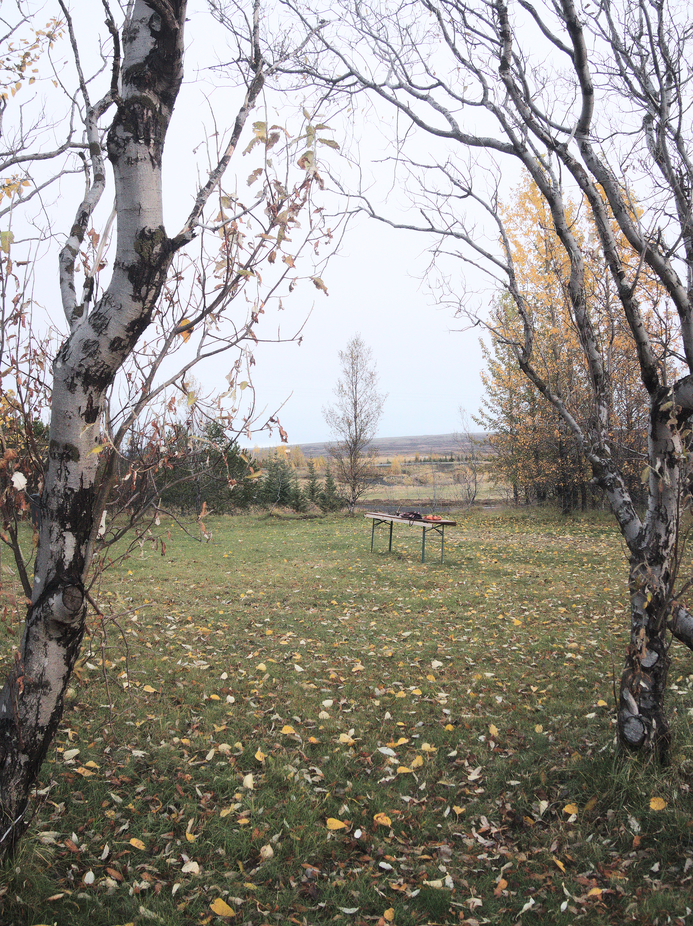
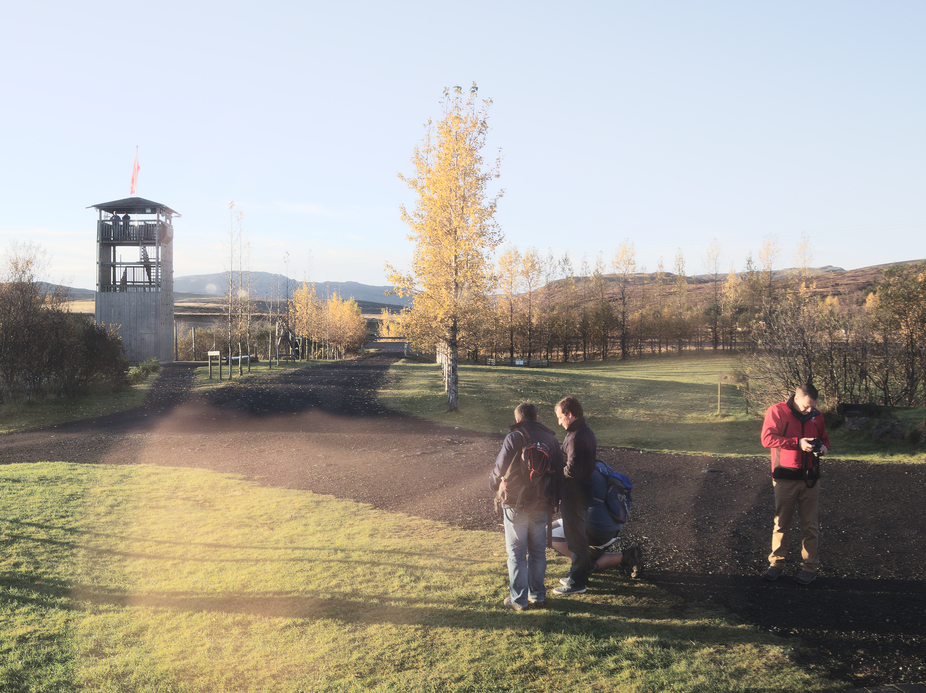

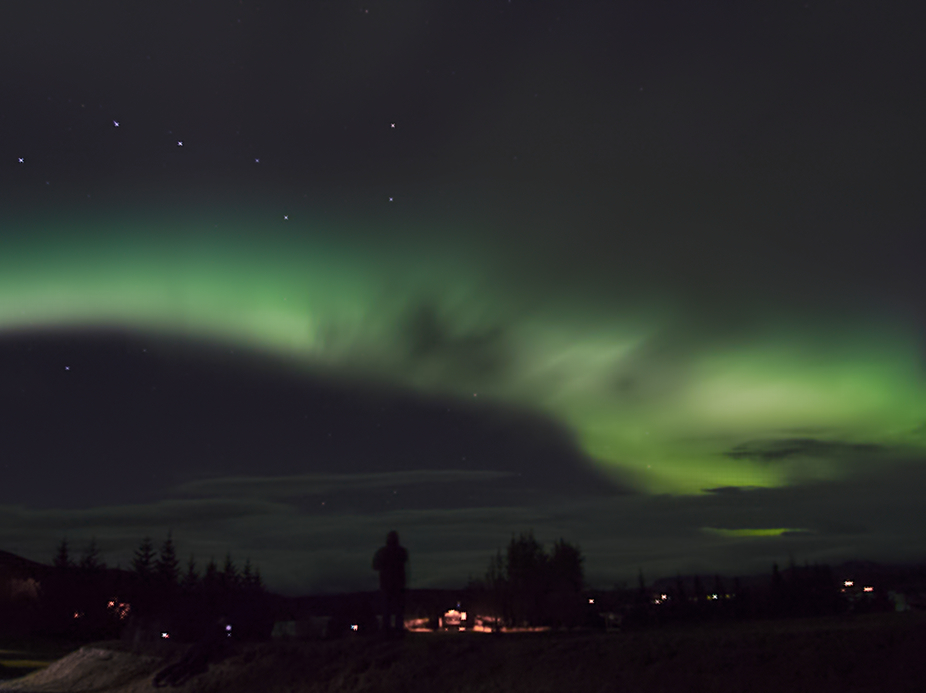
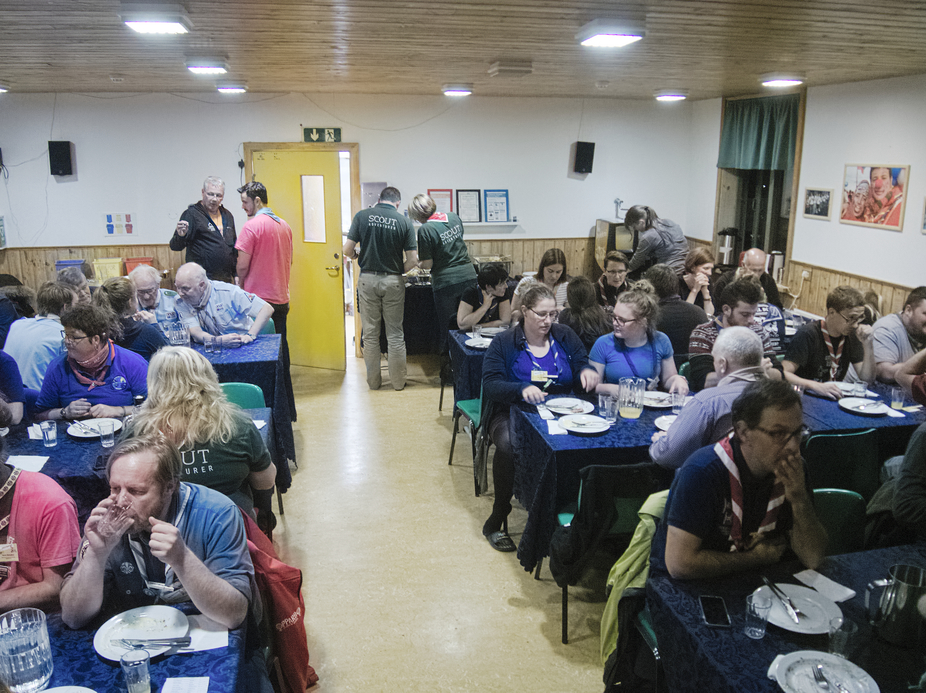
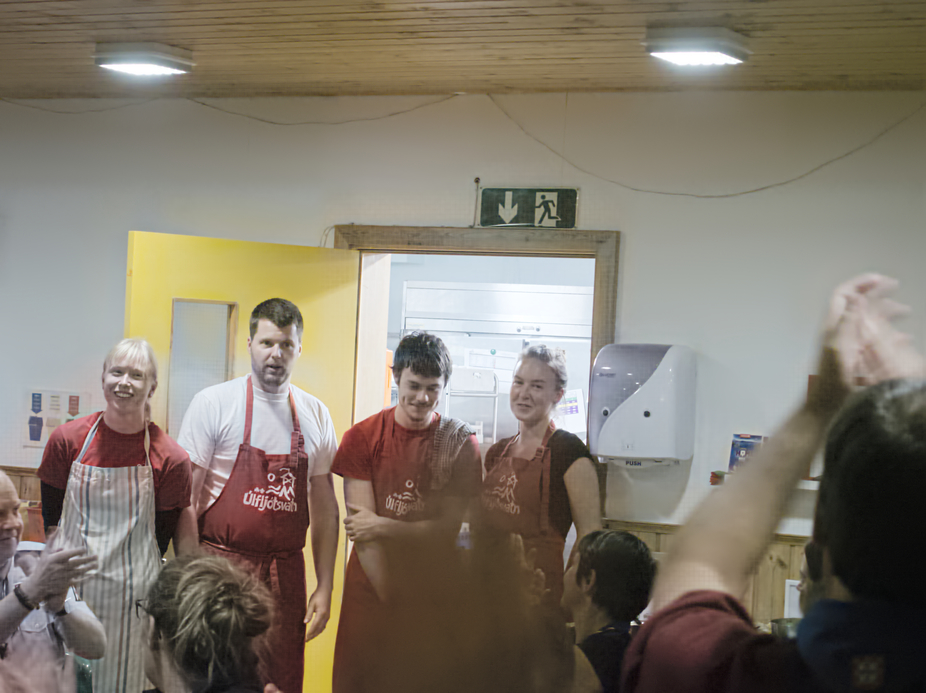
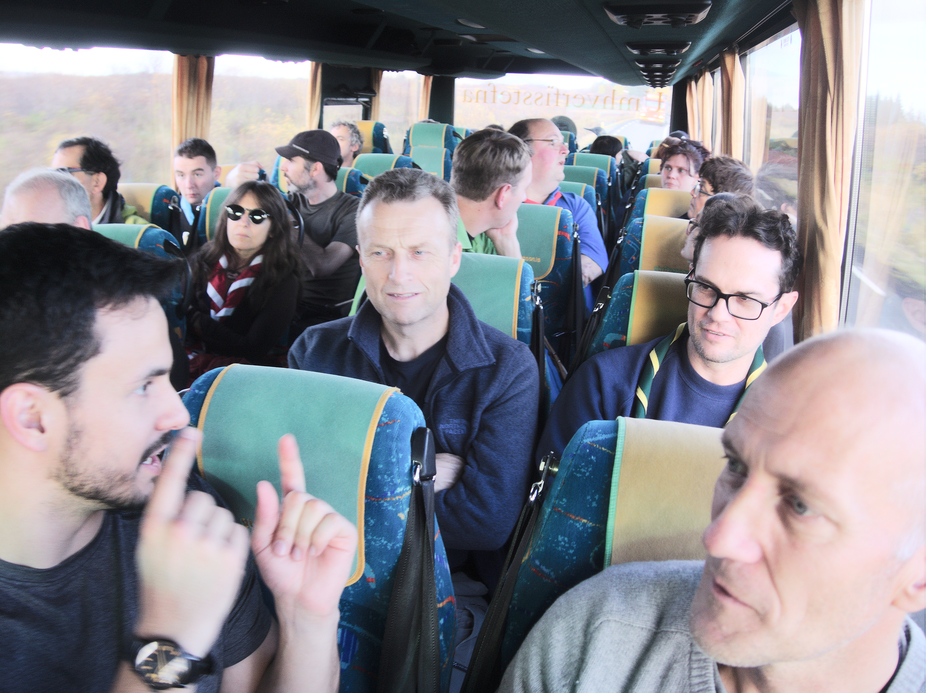
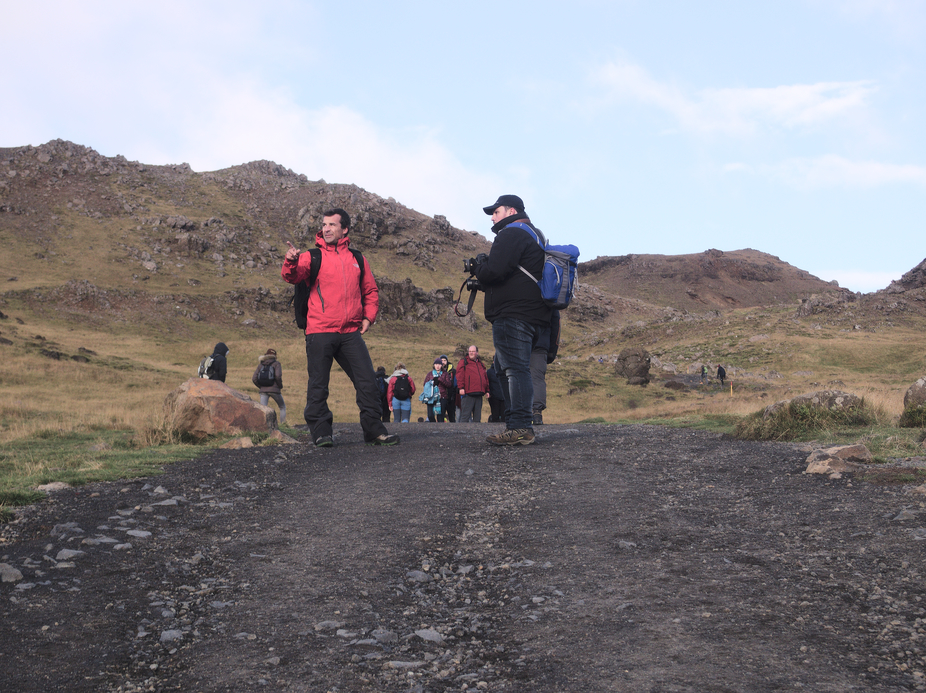






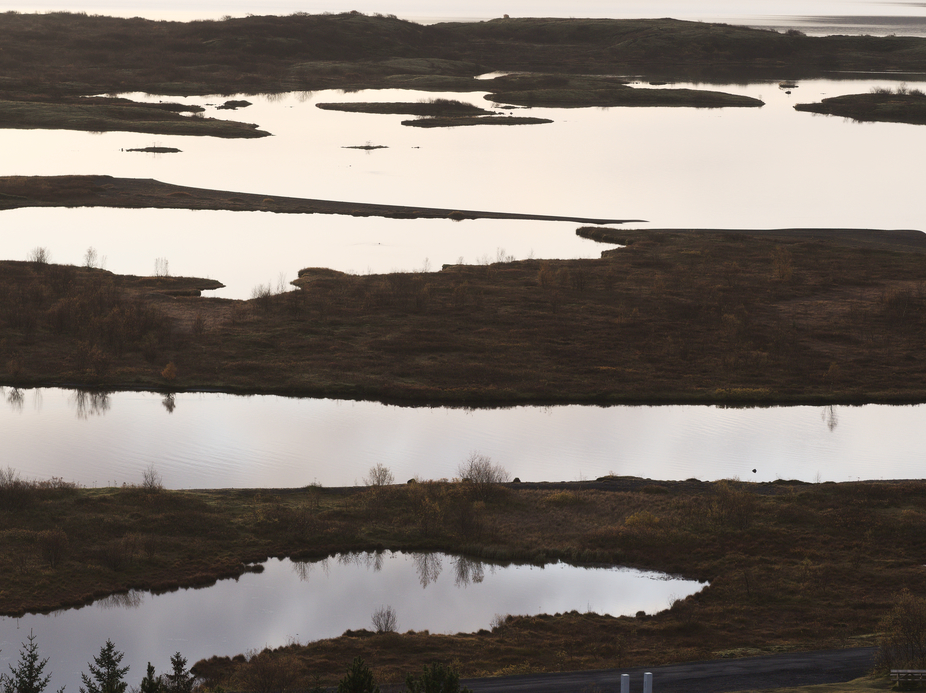
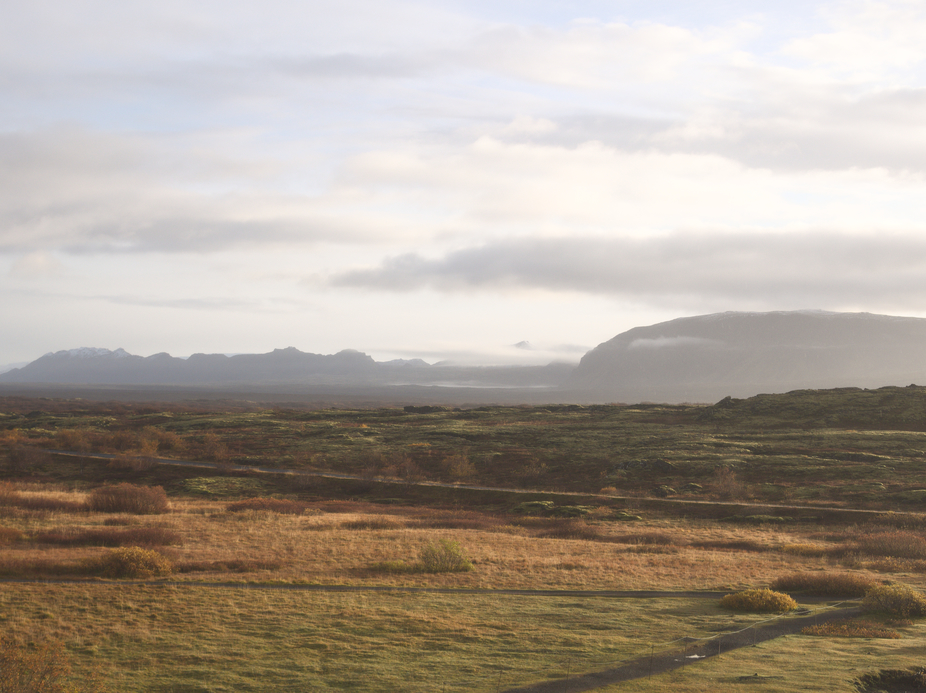
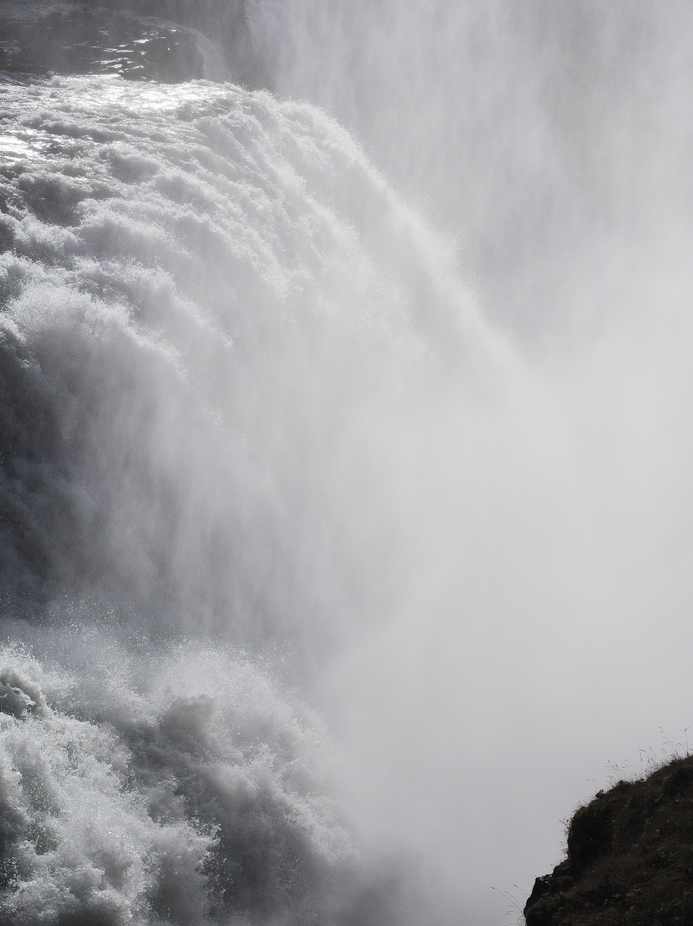

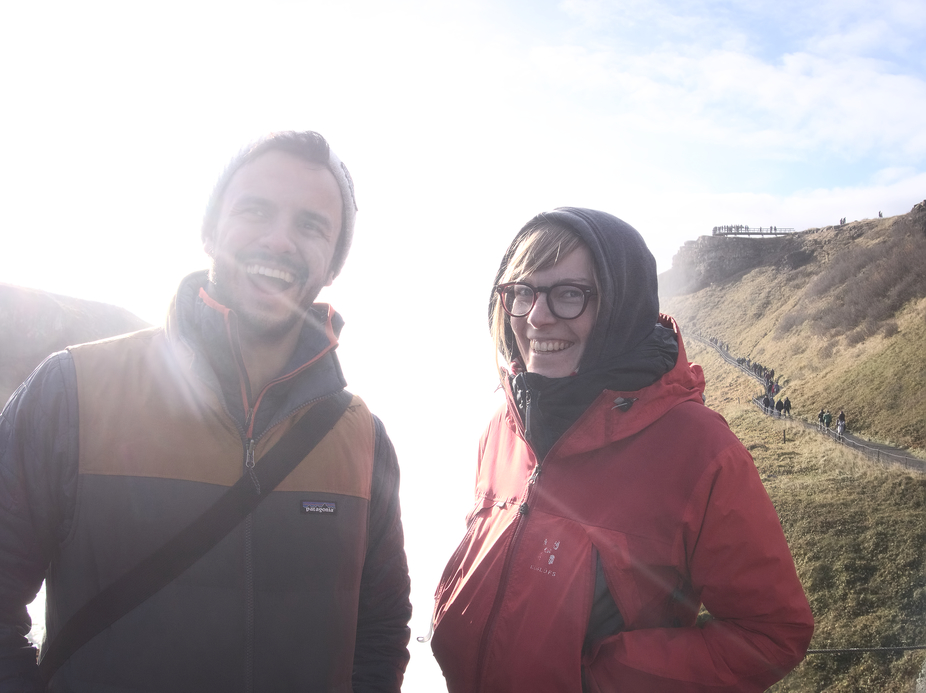

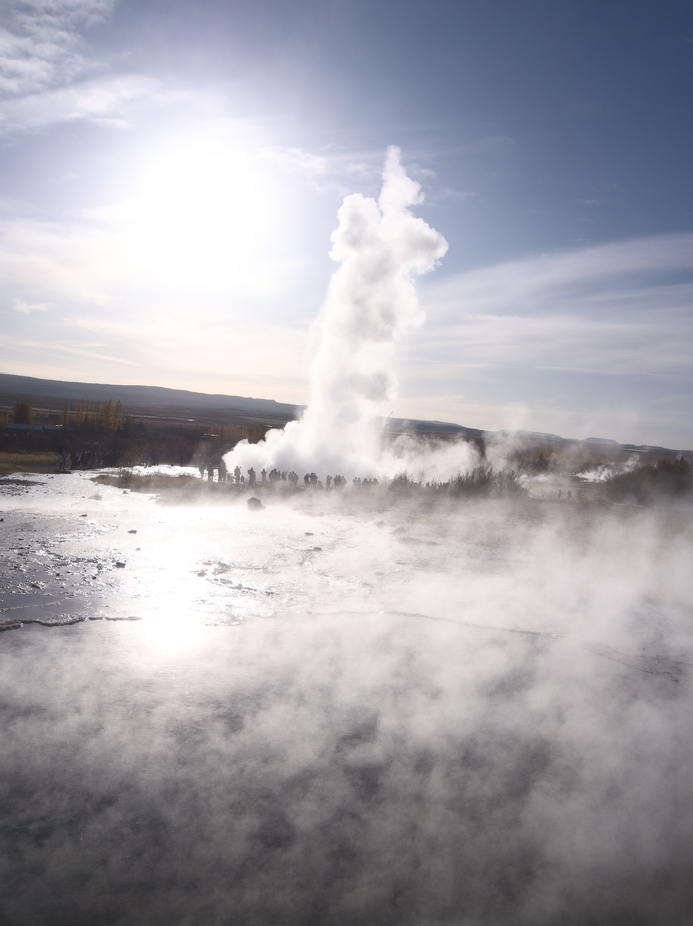
But this is it for now.
Looking forward to see you all again
